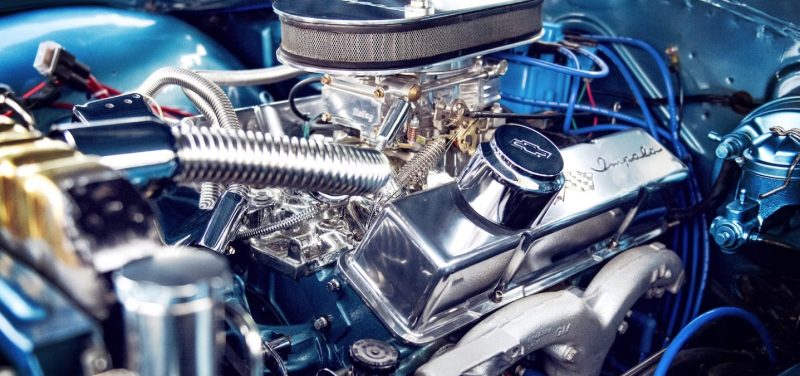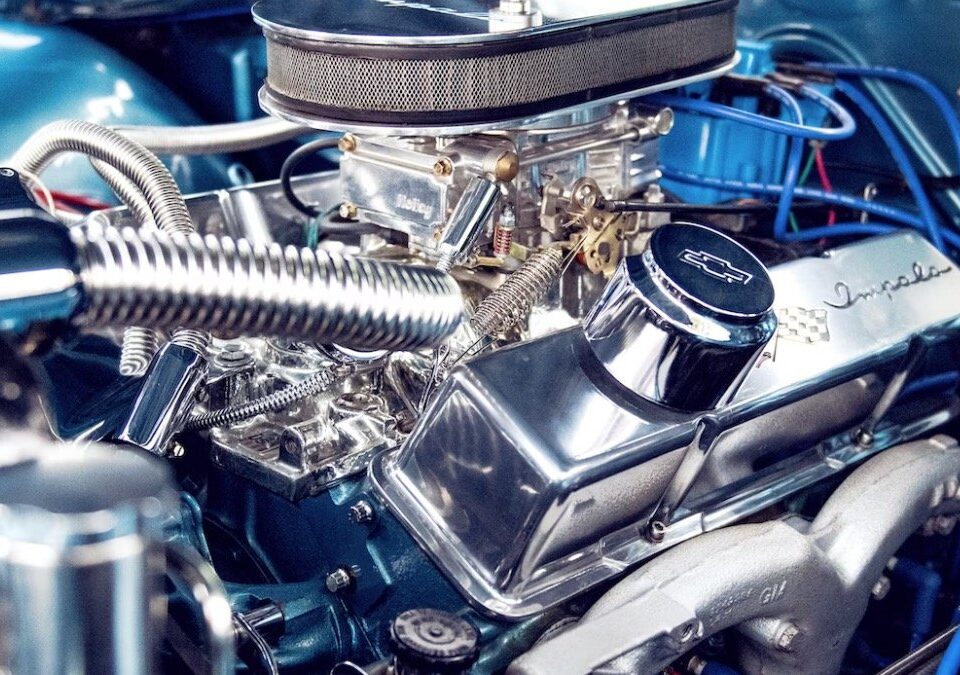Buying car parts yourself:this is what you need to know
Online shopping has boomed in recent years, allowing us to buy car parts online at the click of a button. If you’ve had a lot of car breakdowns, shopping online can be a less painful way to fix your car. There is no wasted time or hassle, assuming you are mechanically savvy, can do the work yourself and know exactly what parts you need.
Regular maintenance is the least your car deserves. It means timely replacement of consumables such as oil, brake pads and spark plugs to ensure that your car runs smoothly. But some problems are difficult to diagnose at first, and that’s when you need a code scanner to determine exactly what went wrong and what part or parts need to be replaced. More serious problems can also mean having the car towed to your local garage.
This is where most of us make the first big mistake:letting the mechanic buy the auto parts for us. You pay more for something you need and more for something you don’t. Buying auto parts yourself is cheaper. You can choose the brand and get top quality parts that are compatible with the car.
Know well what parts you need

Owners of cars still under warranty are lucky (in most cases), as spare parts and labor costs are covered. However, most problems come later and at higher mileage. The first warning sign is a light in the dashboard. Ignoring the problem, as most of us do when the car is just running, can lead to more expensive repairs in the future.
A simple diagnostic scan in cars with OBDII ports will detect what’s wrong and, depending on the software in the scanner, tell you what to do to fix the error. Some codes have small errors that can be removed, but others need more attention. And if it’s an engine issue, the check engine light will stay on.
Codes are a series of letters and numbers. Letters come first and can represent problems with the chassis (C), body (B), powertrain, engine and transmission (P) or a network or vehicle integrity failure (U). Four numbers follow;0 refers to a generic code and 1 is a manufacturer code specific to the make and model. The number that follows tells you where in the vehicle the problem is. 1 refers to fuel and air metering failures, 2 is the fuel injection circuit, 3 is the ignition, 4 is the exhaust or emission system, 5 is idling or cruise control, 6 is the ECU, and 7 and 8 is the transmission.
The last two numbers define the problem in more detail. For example, a P08011 code tells you there is a general problem with the driveline and transmission, or a slipping clutch, something you may or may not notice when shifting gears. There are more than 18,000 diagnostic codes, and the number is increasing as cars become more complex. Newer code scanners with updated software also provide a description of the error.
Shopping for replacement

Once you’ve determined what’s wrong with the car, you’ll need the part number and your vehicle identification number, or VIN, to find a compatible replacement part that works the same and meets the manufacturer’s recommendations. Or you can choose a part or parts that improve the car’s performance. This is where you’ll find better quality and something that will last longer. Often this does not necessarily mean you pay more.
The choice here is between original, OEM and aftermarket auto parts. If you know the difference, you have a few options. Original parts are parts made by the car manufacturer. And you can’t find them anywhere else. So for specific problems, these are the only worthy replacements.
However, most parts are shared between different car brands and made by specialized companies. This means that parts such as spark plugs, oil filters, lights, mirrors, wiring, etc. are probably the same for inexpensive cars and high-end luxury cars. But they are designed to work with a specific car make and model. This qualifies them as “original parts”or OE. The car manufacturer has tested the parts and guarantees that they will work and last for the rated period. With OEM parts, you have a few less headaches, but the prices tend to be higher.
If you scour the aftermarket, you’ll get lower prices, usually better workmanship and materials, and parts that often go beyond the bare requirements of the car manufacturer. If you’re considering upgrading, this is the place to look. Especially with parts that provide more performance, such as the internals of the engine or related systems like exhausts and cooling components. Such parts are highly sophisticated, custom-built to get the last drop of power out of the engine, and with more attention to detail and advanced manufacturing processes, they last longer.
But the lower price and wider range of different brands leads more buyers to consider aftermarket parts. No need to spend money on OEM parts when cheaper alternatives perform at the same level for much less.
Advantages of buying online

There is a reason for the many closures of traditional stores. They cannot compete in price with online sellers. And often the selection of parts is very small or orders can take a long time.
Buying auto parts online means savings across the board, including time. The hardest part is choosing an online shop you can trust. Look for web shops that cater to all major car brands, with a generous mix of OEM and aftermarket auto parts in different price ranges. Each product should have detailed information about its listed price, brand, vehicle compatibility and warranties. And make sure the shop has a well-defined return policy in case something goes wrong. If you’re still in doubt, look up customer reviews and ratings.






